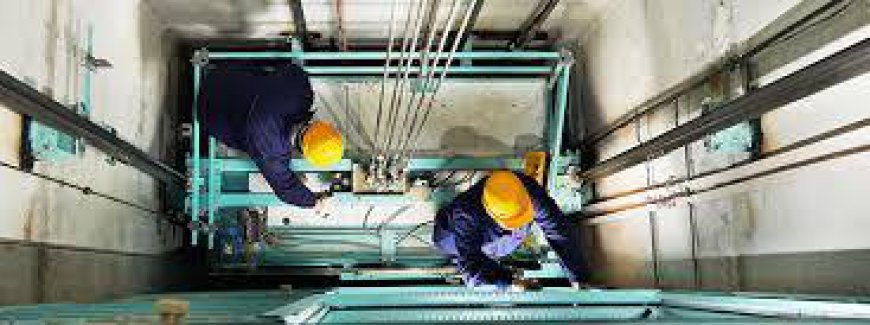The Role of Technology in Modern Elevator Maintenance

Elevator systems are a critical component of urban infrastructure, especially in bustling cities like Dubai, where high-rise buildings are commonplace. As technology advances, so does the approach to elevator maintenance in Dubai. Modern elevator maintenance relies heavily on technology to improve safety, efficiency, and reliability. Here’s a closer look at how technology is transforming elevator maintenance.
1. Predictive Maintenance
Traditional elevator maintenance often relies on scheduled inspections, which may overlook potential issues developing between service intervals. However, predictive maintenance utilizes advanced analytics and IoT (Internet of Things) sensors to monitor elevator performance in real time. These sensors can track variables such as speed, load, temperature, and vibration. By analyzing this data, maintenance teams can predict when a component is likely to fail and address it before it leads to a breakdown, thus reducing downtime and repair costs.
2. Remote Monitoring
Remote monitoring technology allows maintenance teams to keep an eye on elevator systems from a distance. Elevators equipped with IoT sensors can transmit data to cloud-based platforms, enabling technicians to access real-time information about performance and potential issues. This capability not only enhances safety by allowing for quicker response times to problems but also streamlines maintenance scheduling, as technicians can prioritize issues based on severity and urgency.
3. Automated Diagnostics
Modern elevators come with sophisticated diagnostic systems that can automatically identify faults and errors. These systems utilize advanced algorithms to analyze operational data and detect anomalies. Automated diagnostics reduce the need for manual inspections and ensure that any issues are promptly reported. This level of automation increases operational efficiency and minimizes the chances of human error during the maintenance process.
4. Mobile Applications for Maintenance Management
Mobile applications have revolutionized how elevator maintenance is managed. Technicians can use apps to access maintenance records, report issues, and communicate with team members in real-time. These applications often include features like checklists for inspections, photo documentation, and inventory management for spare parts. By streamlining communication and record-keeping, these apps help ensure that maintenance tasks are completed efficiently and effectively.
5. Data Analytics and Reporting
With the wealth of data generated by modern elevator systems, data analytics plays a crucial role in maintenance. By analyzing trends in elevator usage, wear and tear, and maintenance history, building managers can make informed decisions regarding service schedules and upgrades. Comprehensive reporting can also identify patterns that may indicate a need for improvements in technology or design, leading to enhanced safety and performance.
6. Enhanced Safety Features
Technology has also introduced enhanced safety features in elevators. For instance, many modern elevators come equipped with emergency communication systems that connect passengers to help in case of a malfunction. Sensors that detect obstructions or irregularities in operation can prevent accidents before they occur. Additionally, innovations like smart brakes and door sensors further improve passenger safety.
7. Sustainability and Energy Efficiency
Technology is helping to make elevator systems more sustainable. Energy-efficient systems and regenerative drives can significantly reduce energy consumption, leading to lower operational costs and a smaller environmental footprint. Moreover, smart building technologies can optimize elevator usage patterns, reducing wait times and improving overall building efficiency.
Conclusion
The role of technology in modern elevator maintenance is transformative. From predictive maintenance and remote monitoring to automated diagnostics and enhanced safety features, technology is redefining how elevator systems are maintained and operated. For building owners and residents, embracing these advancements not only enhances safety and reliability but also contributes to a more efficient and sustainable urban environment. As cities continue to grow and evolve, the integration of technology into elevator maintenance will be essential for meeting the demands of modern infrastructure.

 muslim
muslim